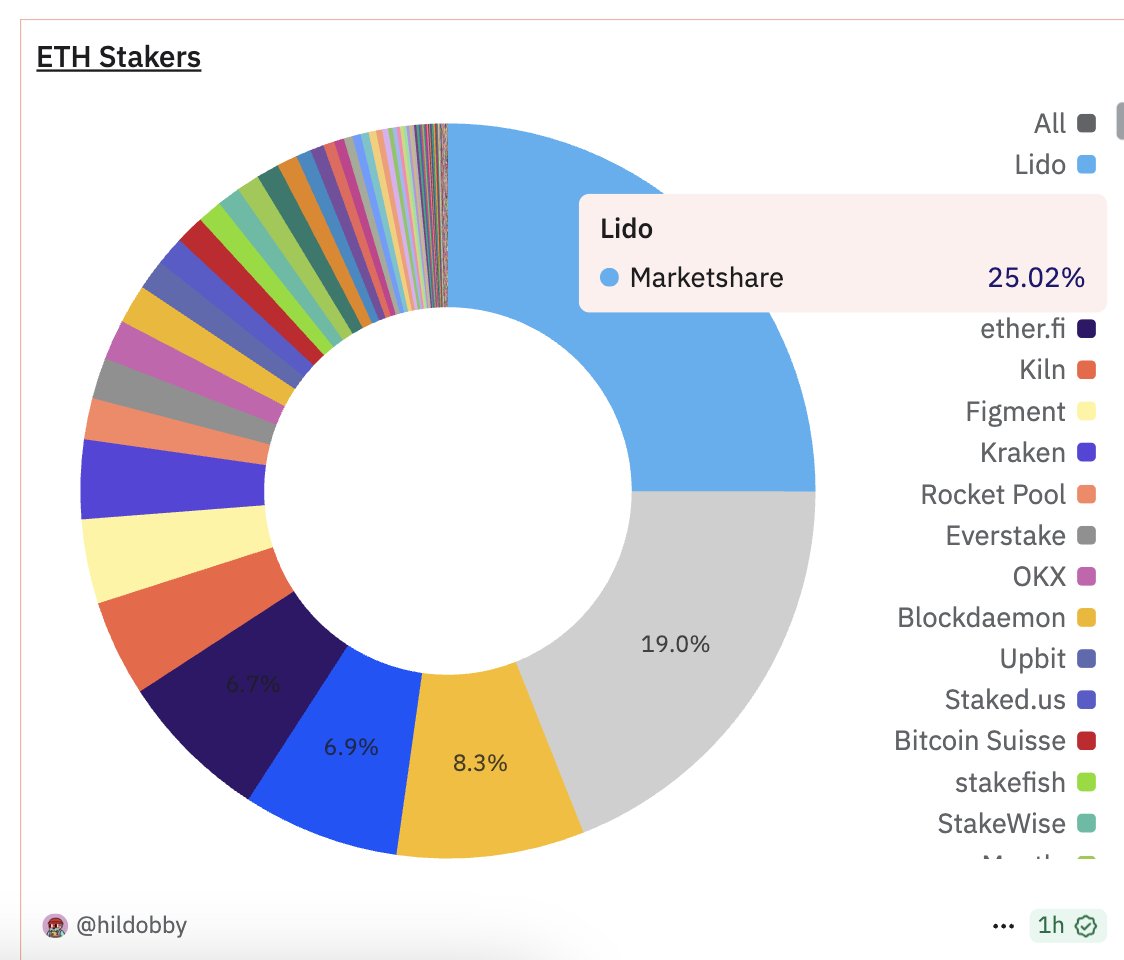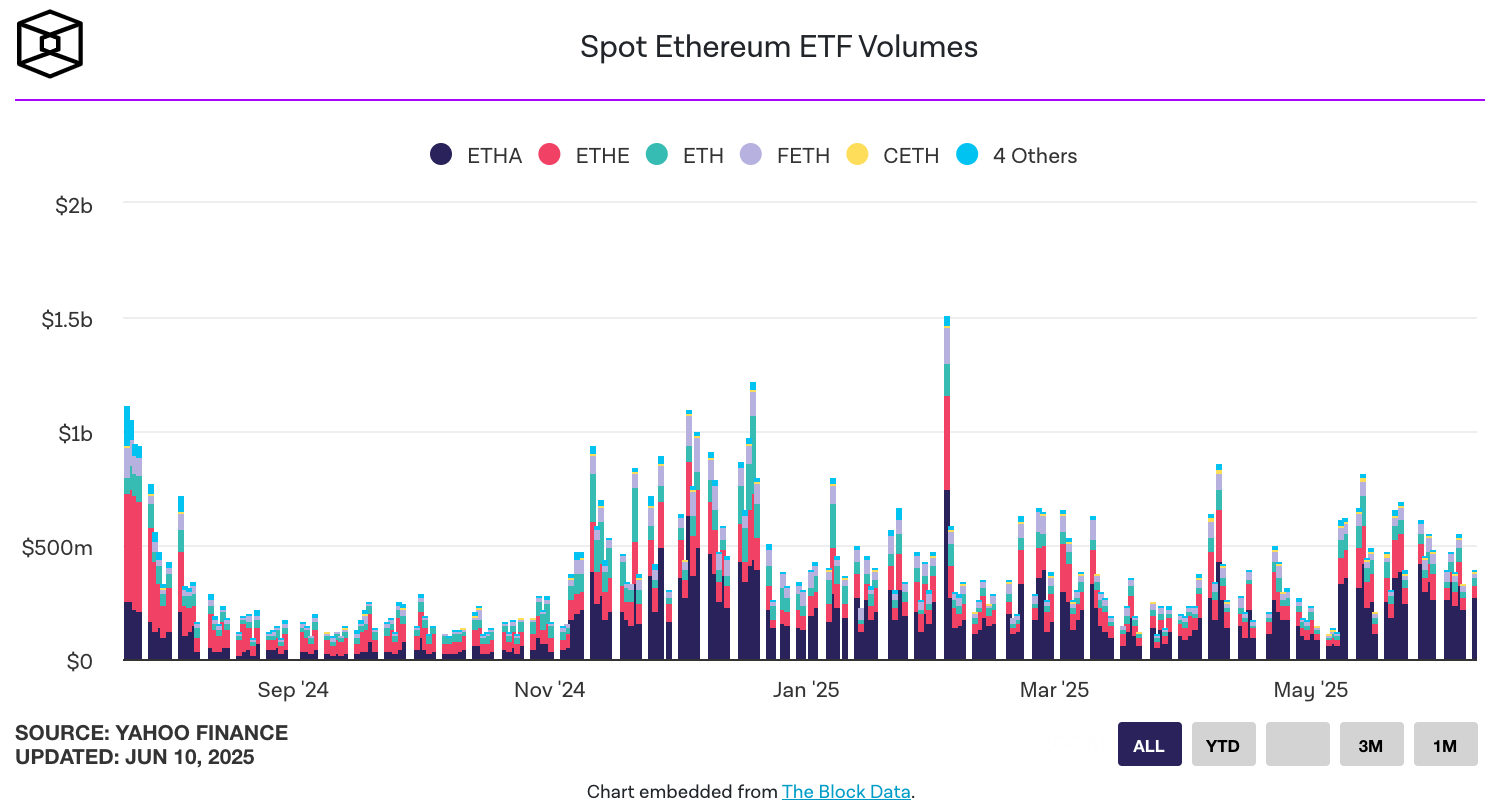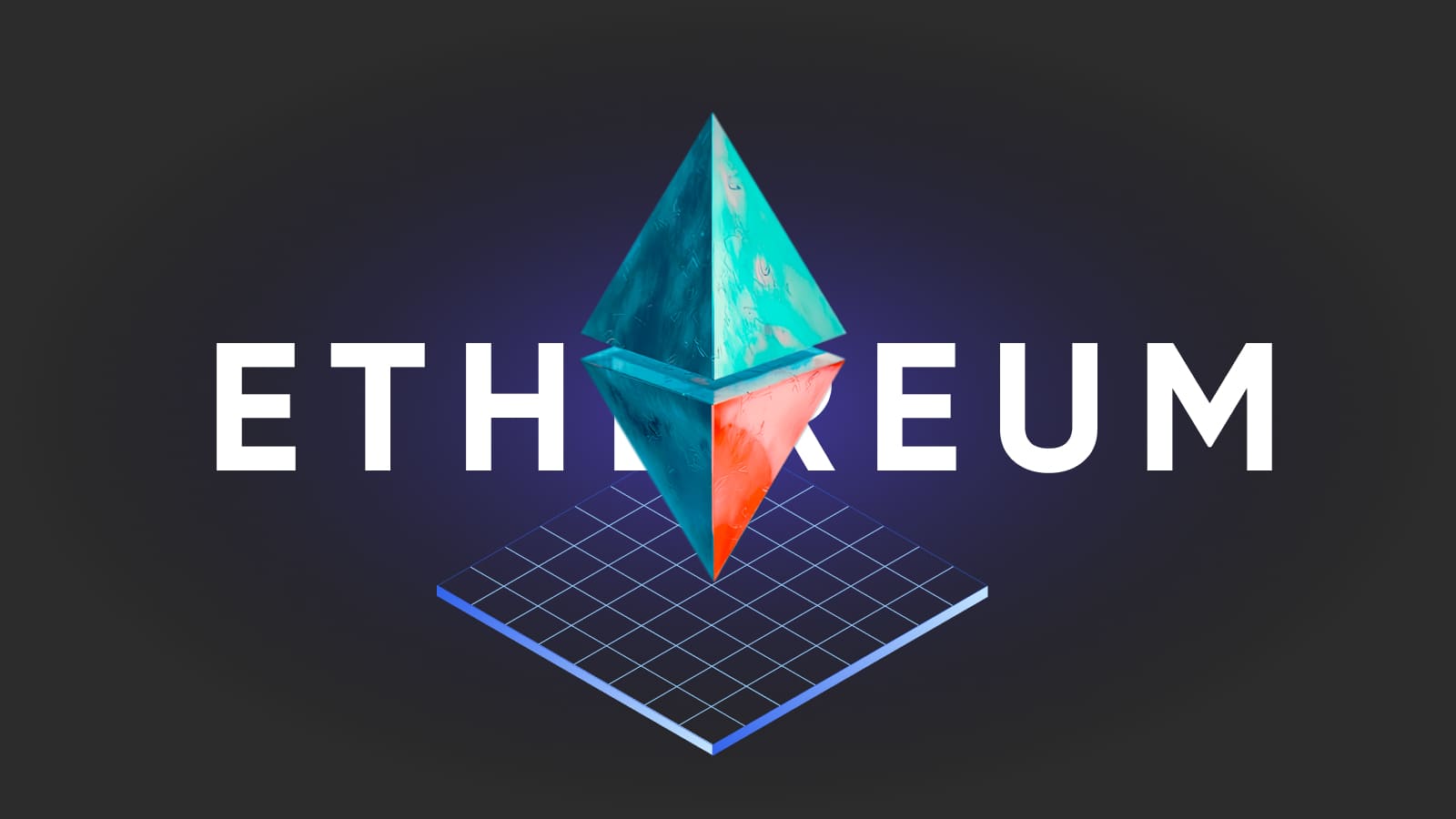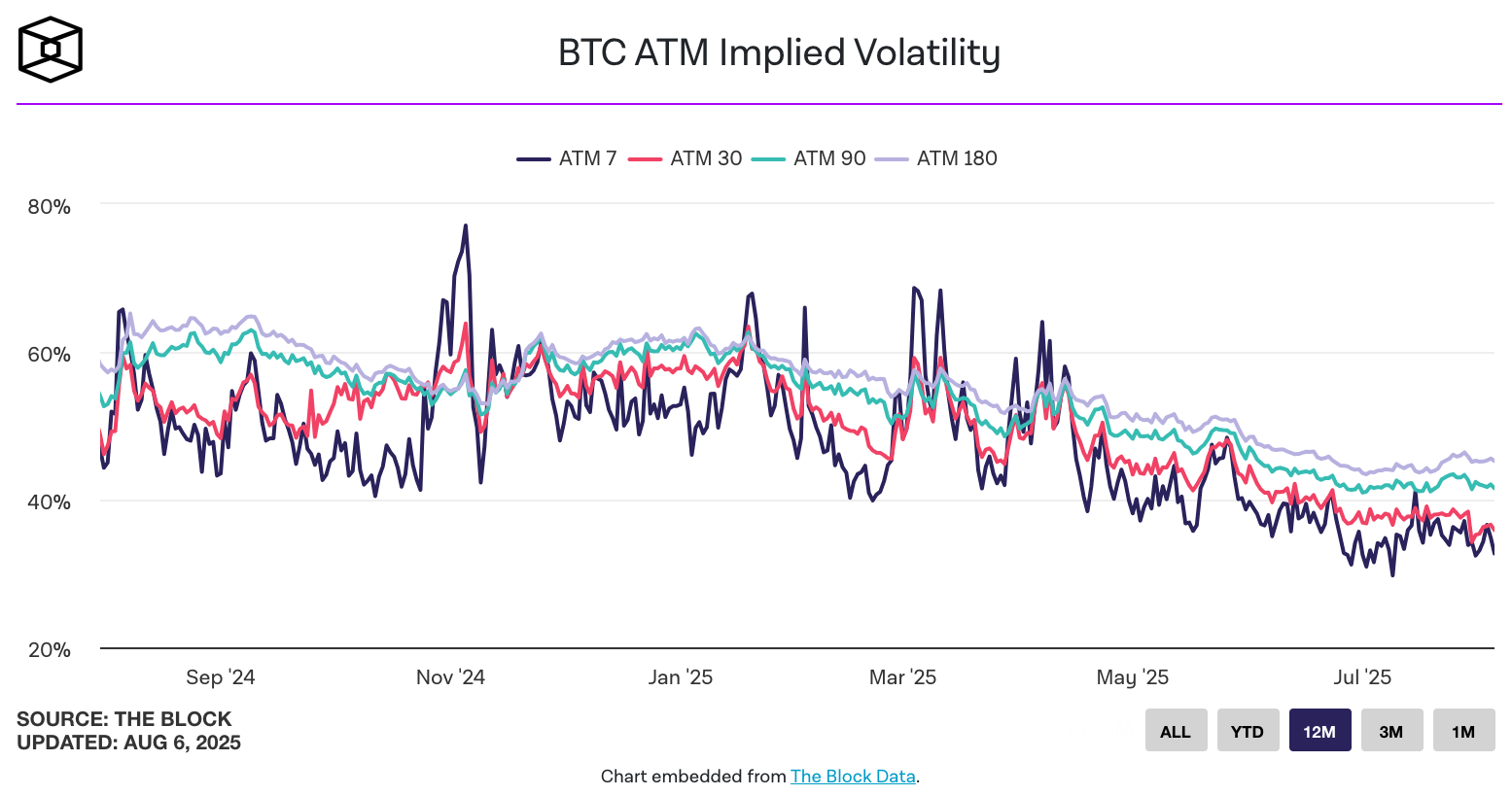Validium is a type of scaling solution that processes data off-chain using on-chain validity proofs. This “semi-centralized” approach increases the throughput and efficiency of blockchain systems.
Similar to ZK-Rollups, Validiums use zero-knowledge proofs to verify off-chain transactions, preventing unauthorized state changes and enhancing chain security.
Validity proofs can be in the form of ZK-SNARKs or ZK-STARKs. User funds are controlled by a smart contract on Ethereum. Like ZK-Rollups, Validium ensures nearly instant withdrawals.
How Validium Works
Users send their transactions to a node responsible for executing them in the Validium chain. The operator collects them into a batch, verifying correctness.
The state of Validium is stored as a tree, the root of which is recorded on the Ethereum blockchain. The operator updates the root after transactions are processed and sends the new state for verification.
To transfer funds to Validium, users deposit them into a special contract. To withdraw coins back to Ethereum, network participants send requests to the operators, who verify and confirm them. Then, the validity proofs of transactions are sent for verification, and the Validium state on the blockchain is updated.
Validium data is stored off-chain, reducing the load on the Ethereum network and lowering fees. However, this creates a risk of data unavailability if operators act maliciously.
Some projects appoint groups of trusted individuals (DAC) who store copies of the information. A staking system can be used to create incentives for honest behavior, with funds being confiscated if participants cannot confirm data availability.
This scheme allows anyone who provides a stake to store information off-chain. It reduces centralization and increases security by using economic incentives to prevent fraud.
How Validium Interacts with Ethereum
Validiums are scaling protocols built on top of the existing Ethereum network. Although transactions are executed off the main chain, Validium is managed by a set of smart contracts deployed on the mainnet.
The main components of the solution are:
- Verifier contract — verifies the correctness of proofs provided by the operator when updating the state. This includes confirming the validity and availability of off-chain transactions.
- Main contract — stores state commits (Merkle roots) provided by block producers and updates the Validium state after on-chain proof verification. This contract also handles deposits and withdrawals.
Validiums rely on the Ethereum network for the following tasks:
- Settlements: Transactions executed on Validium cannot be finally confirmed until the parent chain verifies their validity. All operations ultimately need to be finalized on the main network.
- Security: Ethereum, as the settlement layer, ensures the correctness of state transitions on Validium. Off-chain transactions processed on Validium are verified through a smart contract on the base layer. If the on-chain verifier contract deems the proof invalid, transactions are rejected.
Where Validium Is Used
Validium is suitable for simple use cases like token exchanges and payments, as well as gaming and NFTs.
The performance of Validiums is optimized by not having to store all data on the main Ethereum network. This approach allows for the quick processing of numerous transactions with minimal costs.
Using Validium for complex operations involving smart contracts is challenging and requires significant computational power, limiting the range of potential applications.
Advantages and Disadvantages of Validium
Advantages:
- Reduced gas costs: No need to publish all data on Ethereum, resulting in lower transaction fees.
- Increased privacy: Off-chain data processing provides enhanced privacy features.
- Fast withdrawals: Rapid verification of validity proofs enables almost instant withdrawals, improving the user experience.
Disadvantages:
- Data availability risks: There is a potential threat of misuse by operators, which can restrict users’ access to their funds.
- Reliance on trust and economic incentives: Unlike ZK-Rollups, Validium’s security model partially relies on the reliability and economic incentives of data custodians, rather than solely on cryptographic proofs.
Therefore, despite its innovation, users should carefully assess the risks when working with Validium, especially for long-term storage of large amounts.










